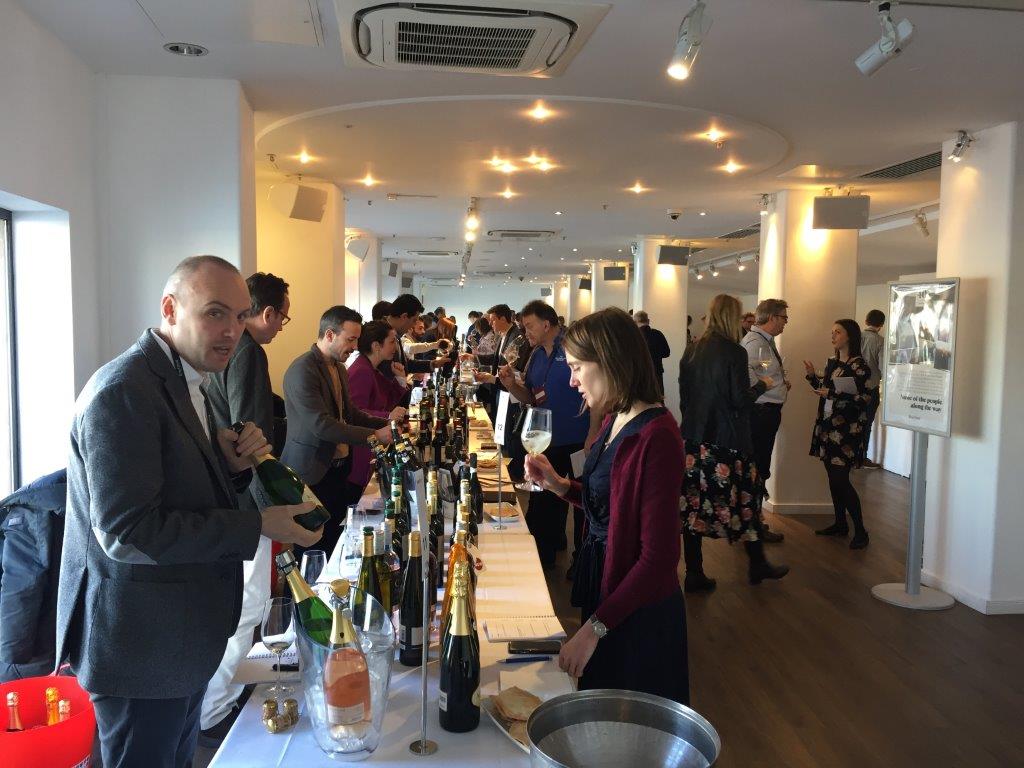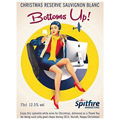
Do you love drinking wine but never had the nerve to go to a wine tasting? There are plenty of people who feel intimidated at the thought of going to a wine tasting thinking that they could be surrounded by people who know their tannins from their acidity!
Well, you don’t need to know a thing about tannins, acids, or vintage years to enjoy a wine tasting. The first rule is to throw out all the rules you think you need to know in order to enjoy a tasting experience. Wine is what the drinker makes of it, and everyone’s preferences are different.
A wine tasting is often accompanied by a tour of the vineyard, an explanation of the wines, or food pairings.
The first trick on how to taste wine is this: go from light to heavy. This usually means you will move from white wines to red wines, finishing with the fuller bodied wines.
If you start with a heavy glass of wine first, your palate will be too overwhelmed for the lighter wines. You should start with the more subtle wines and move to the more bold ones. It’s best to give your tongue a warm-up before hitting the heavy weights, so to speak.
Here are six simple steps to enjoying a wine tasting, even if you’re unsure of whether to swish and spit or drink the whole glass.
1. Swirl and sniff
You should always swirl the wine in your glass, and then lower your nose to the rim and inhale deeply before tasting as the swirling action allows oxygen to enter the wine and become more fragrant. And your sense of smell can play a major role in your sense of taste. Taking a good sniff of the wine in the glass before tasting it prepares your palate for the flavours to be expected.
2. Swish and spit or swallow?
This is one of the most commonly asked questions about wine tasting. Spitting the wine out after each tasting was to make sure that you remain sober. But today most wineries offer much smaller amounts for their tastings, generally just two or three fluid ounces, and the chances of intoxication are pretty low. So, take the wine into your mouth, allow it to swish around over your tongue and consider the flavours, and then either swallow or spit it out, both are totally acceptable. If you dislike the wine pour the rest of your sample into the “spittoon” bucket provided. This is commonplace at tastings.
3. Ask questions
You may know the names of popular wine regions and grape blends but you may not. If you feel like the wine steward is speaking French when they rattle off the vineyard names, grape varieties, or flavours you should be looking for, stop them and ask for clarification. Winemakers love to talk about these things and often forget that not everyone knows their jargon. If you want to do a little research on Google before your tasting, look into what the region is known for. Certain grape varieties, like Chardonnay, take on characteristics of the soil where they are grown, meaning that a Chardonnay in an area known for producing great Chardonnay could be quite memorable.
4. Build a budget
The cost of a wine tasting will vary greatly. They can vary anywhere from complimentary to upwards of £50 per experience. A good idea to ask about the cost, and what is included, before choosing which wineries you’ll visit. And remember it’s considered polite to purchase a bottle at the end of the tasting.
5. Make notes
No one expects you to remember all of the details about the wines you have tasted in such a small window of time. It’s totally acceptable to ask for a pen and paper at the start of your experience (plenty of vineyards will even provide this at the outset) for you to jot down notes as you go. There is no “right” or “wrong” when it comes to what to write, either. It’s just as acceptable to write, “notes of peach” as it is to write, “horrid.” Your notes will help you remember what you liked, what you didn’t, and why.
6. Don’t just drink wine during your tasting experience
You should always drink water between each tasting, as this will clear your palate as well as keep you hydrated. Eating small snacks will also help. Most wineries will provide snacks such as a cheese board, bread or nuts, but if they don’t, ask if you can order one. It promotes the flavour of the wine and keeps you from feeling lightheaded.
Our key tips for wine tasting are:
- Avoid strong food and drink prior to the tasting
- Use clean glassware that is free from detergents or packaging
- If you’re a note taker, take notes
- If you’re tasting a lot of different wines then spit
- For the most productive tasting experience we suggest a flight no bigger than six to eight wines. Your palate is like a muscle, and it will get tired, especially if you’re not spitting the wine out.
Learning how to taste wine can be incredibly enjoyable no matter your experience level. We all have to begin somewhere. If you would like more information on our range of select business wines, champagne and prosecco then please call us on 0330 133 5135 or email sales@winesselect.co.uk and we’ll be happy to help.


